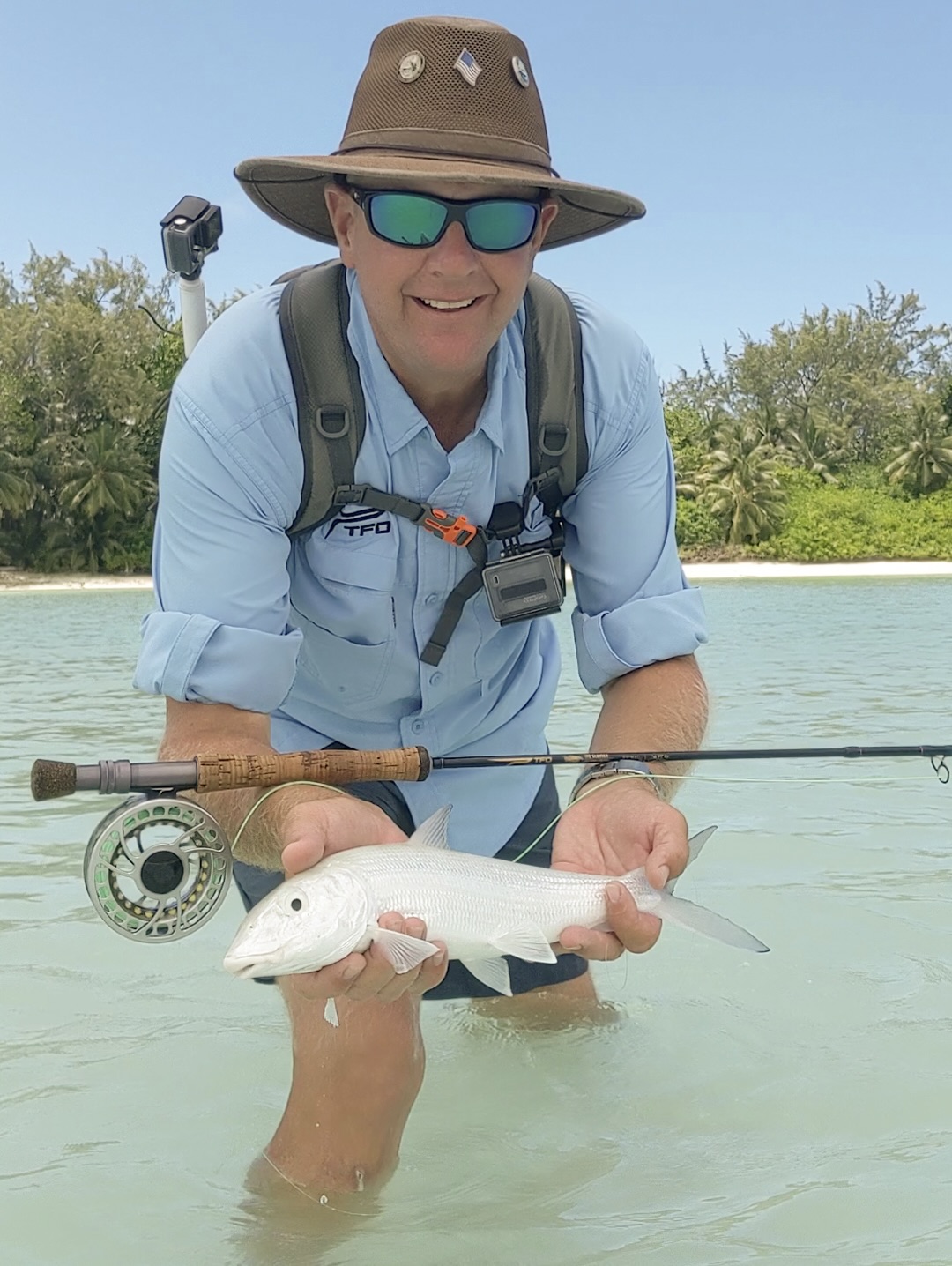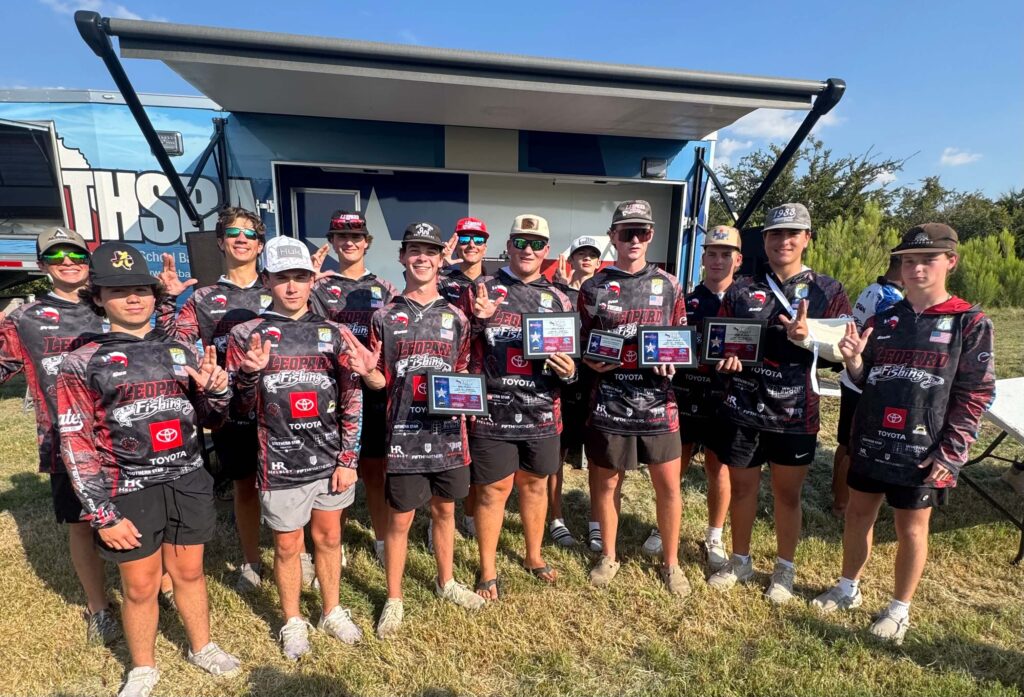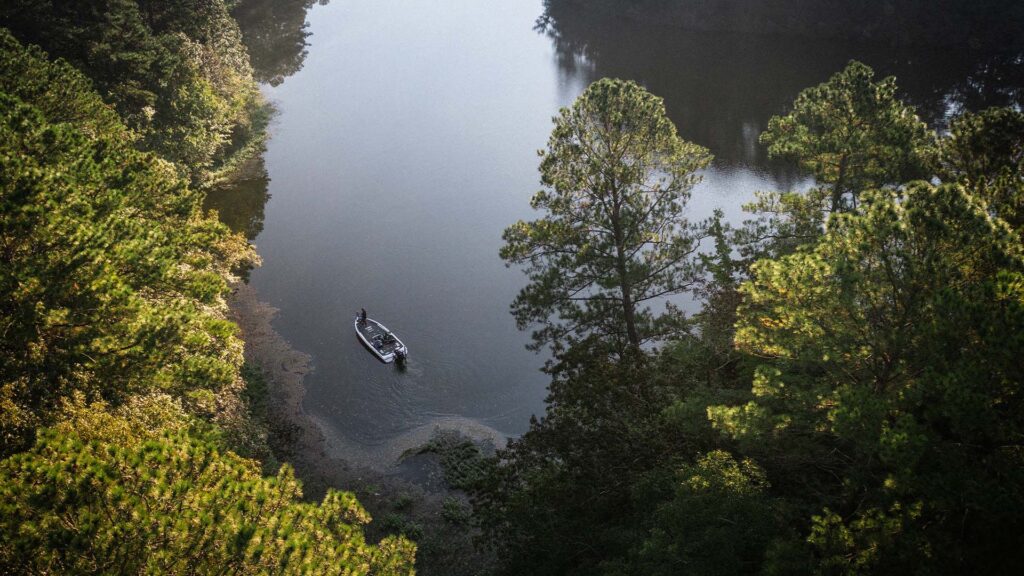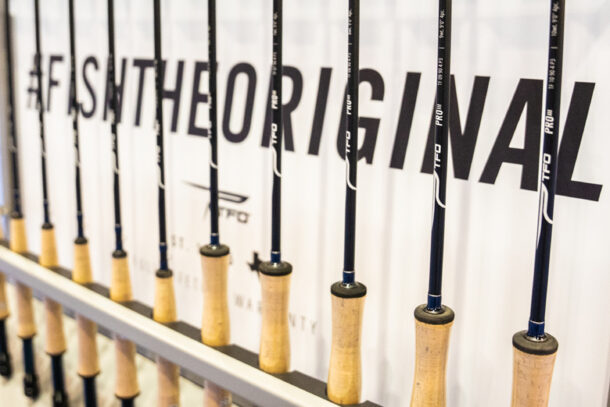White coral sand, warmed by the tropical water I was casting into, engulfed my toes with each step. The water was calm and clear. My fly landed with a soft “Ploop” and settled to the bottom ahead of a shadow. A few quick strips and I felt the tug. I lifted the rod and felt the energy that usually means bonefish. After a short fight, my prize was in the net. Not just any fish, this bonefish was special; it was the thousandth one I’d caught since reporting for duty in the Indian Ocean. A few minutes later I added one more to the tally before I left the water.

Photo: Capt. Joel Stewart
I’d prepared for my assignment on this remote and isolated island unlike most. I packed a full array of fly rods, reels, lines, and my tying kit. The only way to this rock is to have a job. Tourism is forbidden. But having a job doesn’t mean one can’t fish during down time. And fish I have done. Dozens of species have graced the end of my line, but bonefish have been front and center.

Photo: Capt. Joel Stewart
It took a couple months to orient and learn the habits of these bonefish in various environments. Eighty percent of the lagoon, including the best flats, is closed to fishing. However, over half of the ocean side beaches are open for fishing. This gave me two completely different environments to chase bones in, same as with most atolls. Inside there are expansive flats with coral rubble and white sand. Tailing bones can be found on calm low tide mornings. These bones are skittish and picky. Long casts with small flies are the norm. Outside are the surf fish. These bones come in over the reef on the flood tide and stay until the surf pounds the sand. They are aggressive fish that chase down and hammer flies. The constant water movement forces them to grab prey before its gone with the current.
I use an Axiom II-X 9ft 8wt paired with an NTR reel as my primary rod and an Axiom II 9ft 8wt with a BVK SD III+ as my back up rig. Before my new favorite reel, the NTR, came out, I used a Power Reel. I have fished with both 6 and 7 weights, but prefer an 8 weight to quickly play the fish. I am a fan of Flip Pallot’s salt water leader formula: 6-8 feet of butt that matches the stiffness of the fly line connected by a nail knot with a two foot tippet. This system turns over weighted flies beautifully.
For the 8wt, I use a butt of 30# fluorocarbon with a 15-20# tippet. I use the heavy tippet for two reasons. First – to play the fish quickly so they release strong. Second – coral heads and rocks abound and fish will wrap you on them. The heavier tippet helps prevent break offs when they do.

Photo: Capt. Joel Stewart
I am a big believer in impressionistic flies rather than detailed replicas. Eighty percent of the bonefish I caught were on a Gotcha derivative I call a Jalopy. Slow crawled, it can be a shrimp or crab, and fast stripped, a fleeing bait fish. I use 60 degree jig hooks almost exclusively as they present well and most fish are hooked in the upper lip. I rarely use anything bigger than a size 4, most fish were caught on a size 6. I use very short strips. If a fish is hot on the fly but not eating, I will strip about a foot to excite a strike, but normally about 3-4 inches. I adjust the speed of the strips and watch the fish reactions. Too fast will spook them. Too slow and they’ll ignore it.
Some things I learned wading the flats for 1000 bonefish:
- Read Dick Brown’s book “Fly Fishing for Bonefish”
- Get good glasses, eye fatigue is no fun.
- Look for movement and parts of fish.
- Don’t move too fast, but move.
- Don’t wade too deep, it’s hard to catch fish you can’t see.
- Sun helps but you can find fish on cloudy or even rainy days.
- Always be ready to cast and cast to everything you think is a fish.
- Look for fish at the water’s edge and in the trough.
- Cast ahead of spooked fish, sometimes they stop and eat.
- After three refusals change flies. Size or color but change until you find what they want.
- For pictures use a net, have a good action camera, and know how you’ll use it before you get on the water. Most shots here are self-shot.
- To catch big bonefish you have to ignore small bonefish. Can’t hook a big one with a little one on the hook.
- Don’t trout set!
- Let them run and let the reel do its job. Play the fish quickly but play them enough.
- Every fish is fun. 10 inch bones are dynamite and 29 inch bones are soul snatchers.
I did not set out to keep records and count every fish. The rules for fishing here require a reporting of daily catch – so I had to. Fishing is not about numbers, but as I grew close to a grand for bonefish, I realized the significance. At about 850, I focused on that goal.
Much like when I was in Iraq, fishing is my outlet that keeps me on an even keel. I make the time to go when I can align with favorable tides. Before work, after work, and even lunch time sessions all got me on the water. I didn’t catch bones, or any other fish on every outing, though drawing a blank is rare. Two times I won’t get out and fish are thunderstorms and winds over 25mph. Sure you can fish in both, but I’m not looking to die of a lightning strike and fishing is supposed to be fun and casting in high winds is anything but.

Photo: Capt. Joel Stewart
Blog written and photos provided by Ambassador Capt. Joel Stewart (@captjstewart)
![]()







